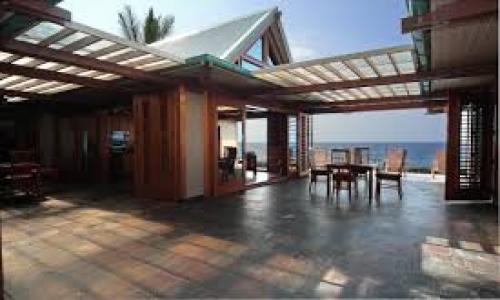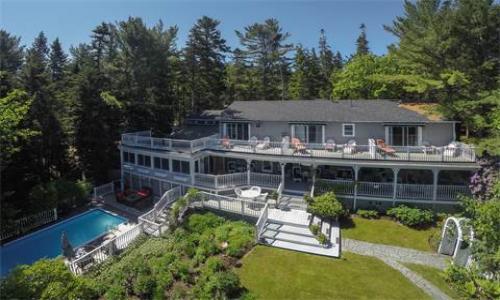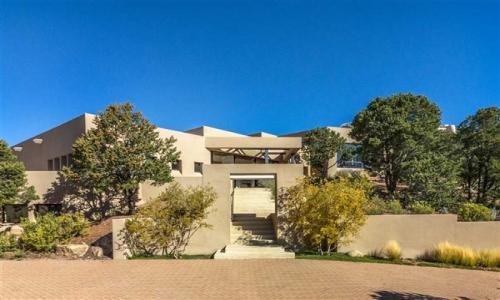Buying a home means more than just committing to raising a family or living out one’s golden years in a particular house. It usually comes with financial obligations in the form of a mortgage. It is therefore important to prepare for the possibility that mortgage interest rates that have been at records lows for years may be rising soon. In particular, this could affect how a new homebuyer approaches whether to consider adjustable rate mortgages (ARMs) in addition to fixed-rate mortgages.
Fixed-rate mortgages
A fixed-rate mortgage is the most traditional form of a mortgage, locking in both the interest rate and monthly payments for the life of the loan. These mortgages can vary in length. The standard is the 30-year mortgage, but a 15-year fixed mortgage offers purchasers a quicker amortization schedule and ownership timeline.
Regardless of the length, many prefer a fixed rate mortgage because the repayment obligations are clear from the amortization table. They do not change the course of the loan, offering borrowers predictability —offering the peace of mind that comes with stability and avoiding interest rate fluctuations.
To be clear, fixed rate mortgages can be appealing if you think rates are lower now than they will be in the future. With rates near historical lows and seemingly poised to rise, locking in a rate could make sense for many borrowers now.
Adjustable-rate mortgages (ARMs)
An adjustable-rate mortgage (ARM), unlike a fixed rate mortgage, has a fixed interest rate for a few years with the 5-year ARM being the most popular (3, 7 and 10-year ARMs are also common) with the amortization ordinarily extending over 30 years. Once this initial fixed rate period ends, the monthly payments will vary as market rates change. While many ARMs offer limits on how much your rate might increase in a given adjustment period or over the life of the loan, a purchaser selecting an ARM should understand that if rates rise from these levels there interest obligations (i.e., monthly payments) may reset at much higher levels.
For those planning to stay in their home beyond the fixed period at the beginning of an ARM, the risk to rising rates at this point in the interest rate cycle may offset any advantage to reducing near term interest payments. Even if you might have been more likely to take on the benefits of an ARM mortgage, a fixed rate at this point may just offer you more safety, security and flexibility.













Add your Comment
use your Google account
or use your BestCashCow account